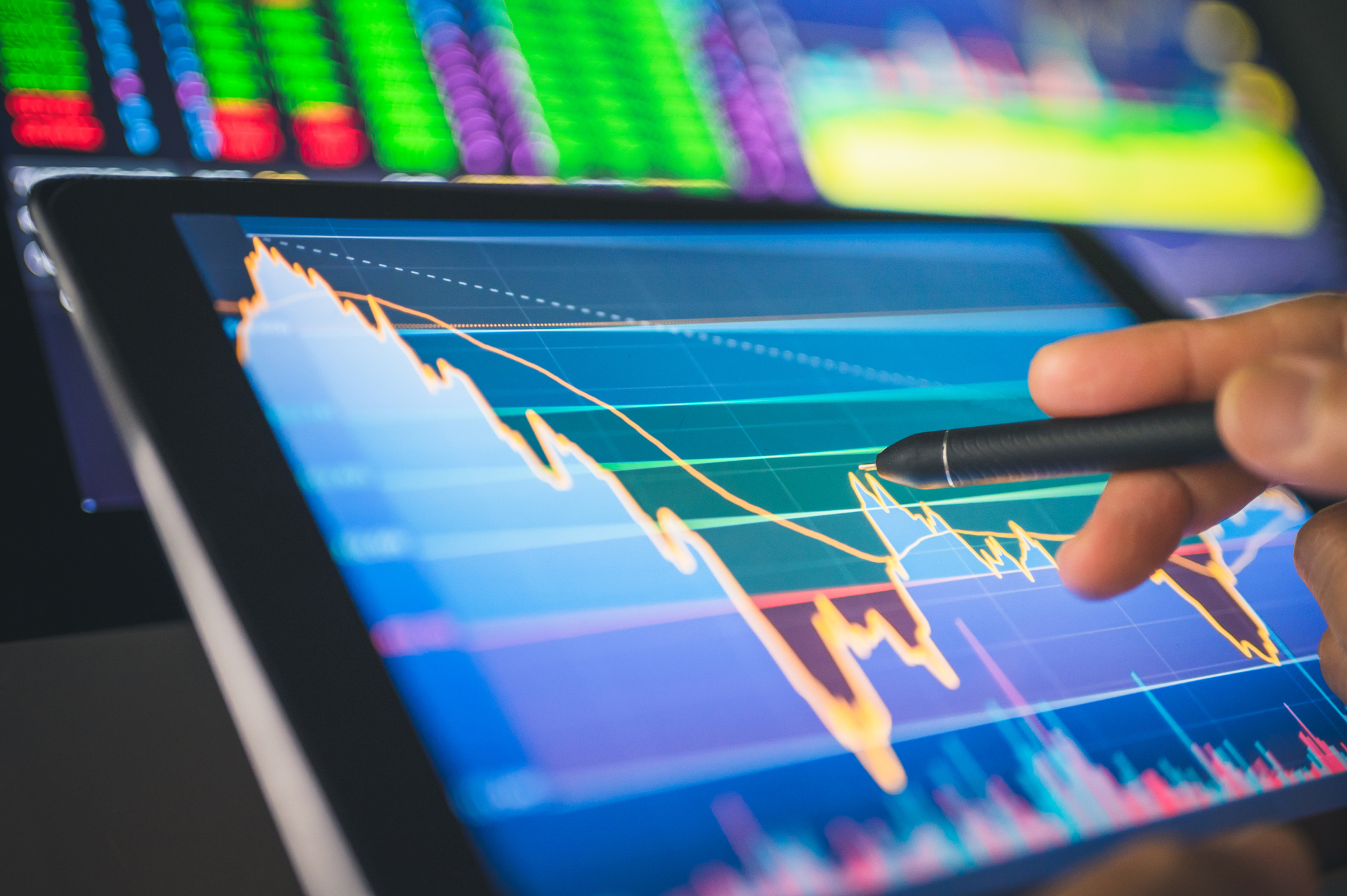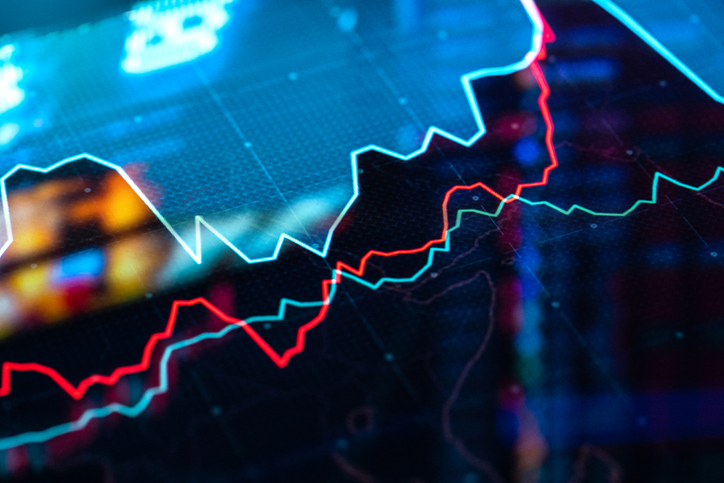4 Funds for Investing in Energy
Buying into energy through mutual funds may be safer and more convenient than purchasing individual stocks.

Editor's Note: This story has been updated since its original publication in the June issue of Kiplinger's Personal Finance magazine.
When it comes to sector funds, keep in mind that a fund's results are, for the most part, hostage to the performance of its sector. That said, many investors may find owning an energy fund safer and more convenient than buying individual stocks. We describe our favorites below.
A simple, cheap and relatively stable choice is Vanguard Energy (symbol VGENX). It tilts decidedly toward big, dependable energy companies. Top holdings include ExxonMobil, Chevron and Royal Dutch Shell. Over the past ten years through May 4, the fund returned 14.9% annualized, beating the typical energy fund by an average of nearly four percentage points per year. Managed since late 2002 by Karl Bandtel, the fund charges annual fees of just 0.38%.
From just $107.88 $24.99 for Kiplinger Personal Finance
Become a smarter, better informed investor. Subscribe from just $107.88 $24.99, plus get up to 4 Special Issues

Sign up for Kiplinger’s Free Newsletters
Profit and prosper with the best of expert advice on investing, taxes, retirement, personal finance and more - straight to your e-mail.
Profit and prosper with the best of expert advice - straight to your e-mail.
Consider BlackRock Energy & Resources (SSGRX), particularly if you work with an adviser and can avoid its hefty, 5.25% sales charge. Because the fund invests mostly in small and midsize companies, it's about 40% more volatile than Vanguard Energy. Over the past decade, BlackRock Energy gained a stunning 18.2% annualized, beating the typical energy fund by an average of about seven points a year. Dan Rice, one of the fund's co-managers, has been on the job for 21 years.
Investors with a high tolerance for risk can bet on alternative energy through Winslow Green Growth (WGGFX). The no-load fund's ten-year annualized return of 2.4% lags its small-growth category average by three points a year. But when the alternative-energy sector soars, so does this fund. In 2003 and 2009, the fund earned 92% and 49%, respectively.
Investors who favor exchange-traded funds should find Energy Select SPDR ETF (XLE) to their liking. The oldest exchange-traded fund to focus on the energy business remains one of the best for providing you with a diversified package of stocks in the oil, coal and natural gas industries. And with nearly $12 billion in assets, it's one of the largest ETFs.
Energy SPDR is one of nine Select Sector SPDR ETFs. Combined, the funds contain all 500 stocks in Standard & Poor's 500-stock index, with each ETF corresponding to one of the nine business sectors represented in the index. As a result, all of the firms in the Sector SPDR ETFs are based in the U.S. However, because most of Energy Select's companies, led by ExxonMobil, have multinational operations, the ETF offers some global exposure (its smallest holding in mid April was Helmerich & Payne, a contract driller). The only time a change is made to a portfolio is when a company is added to or dropped from the S&P 500.
Energy SPDR is a favorite of professional investors because of its high liquidity. More than 15 million shares trade daily, on average, and the bid-ask spread (the difference between the highest price a buyer is willing to pay for a share of the ETF and the lowest price for which a seller is willing to sell it) is typically a penny a share. Moreover, if you want to bet against the energy sector, the ETF is easy to sell short. Individual investors love Energy SPDR for its low operating cost, just 0.2% a year. Over the past ten years, the ETF gained an annualized 10.7%, beating its category by 1.5 points a year. Standard and Poor's 500-stock gained just 2.6% annualized over the same time period.
Profit and prosper with the best of Kiplinger's advice on investing, taxes, retirement, personal finance and much more. Delivered daily. Enter your email in the box and click Sign Me Up.

-
 Stocks Struggle Ahead of November Jobs Report: Stock Market Today
Stocks Struggle Ahead of November Jobs Report: Stock Market TodayOracle and Broadcom continued to fall, while market participants looked ahead to Tuesday's jobs report.
-
 7 Dr. Seuss Quotes Retirees Should Live By
7 Dr. Seuss Quotes Retirees Should Live ByYou're off to great places! Why Dr. Seuss is the retirement guru you didn't know you needed.
-
 Fed's Rate Cuts Could Have Impacts You Might Not Anticipate
Fed's Rate Cuts Could Have Impacts You Might Not AnticipateUnderstanding how lower interest rates could impact your wallet can help you determine the right financial moves to make.
-
 Stocks Struggle Ahead of November Jobs Report: Stock Market Today
Stocks Struggle Ahead of November Jobs Report: Stock Market TodayOracle and Broadcom continued to fall, while market participants looked ahead to Tuesday's jobs report.
-
 AI Stocks Lead Nasdaq's 398-Point Nosedive: Stock Market Today
AI Stocks Lead Nasdaq's 398-Point Nosedive: Stock Market TodayThe major stock market indexes do not yet reflect the bullish tendencies of sector rotation and broadening participation.
-
 Dow Adds 646 Points, Hits New Highs: Stock Market Today
Dow Adds 646 Points, Hits New Highs: Stock Market TodayIt was "boom" for the Dow but "bust" for the Nasdaq following a December Fed meeting that was less hawkish than expected.
-
 Dow Rises 497 Points on December Rate Cut: Stock Market Today
Dow Rises 497 Points on December Rate Cut: Stock Market TodayThe basic questions for market participants and policymakers remain the same after a widely expected Fed rate cut.
-
 JPMorgan's Drop Drags on the Dow: Stock Market Today
JPMorgan's Drop Drags on the Dow: Stock Market TodaySmall-cap stocks outperformed Tuesday on expectations that the Fed will cut interest rates on Wednesday.
-
 Stocks Slip to Start Fed Week: Stock Market Today
Stocks Slip to Start Fed Week: Stock Market TodayWhile a rate cut is widely expected this week, uncertainty is building around the Fed's future plans for monetary policy.
-
 Stocks Keep Climbing as Fed Meeting Nears: Stock Market Today
Stocks Keep Climbing as Fed Meeting Nears: Stock Market TodayA stale inflation report and improving consumer sentiment did little to shift expectations for a rate cut next week.
-
 Small Caps Hit a New High on Rate-Cut Hope: Stock Market Today
Small Caps Hit a New High on Rate-Cut Hope: Stock Market TodayOdds for a December rate cut remain high after the latest batch of jobs data, which helped the Russell 2000 outperform today.